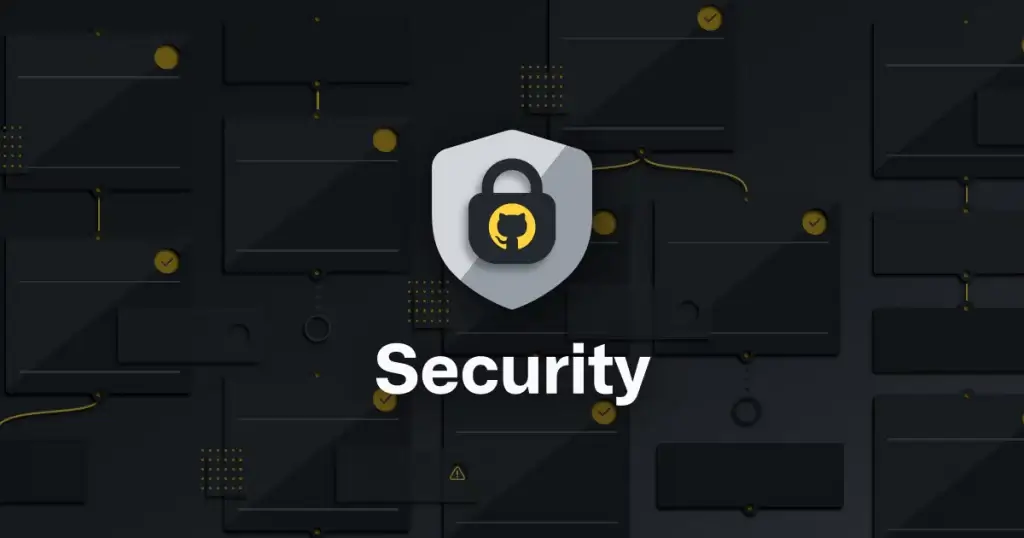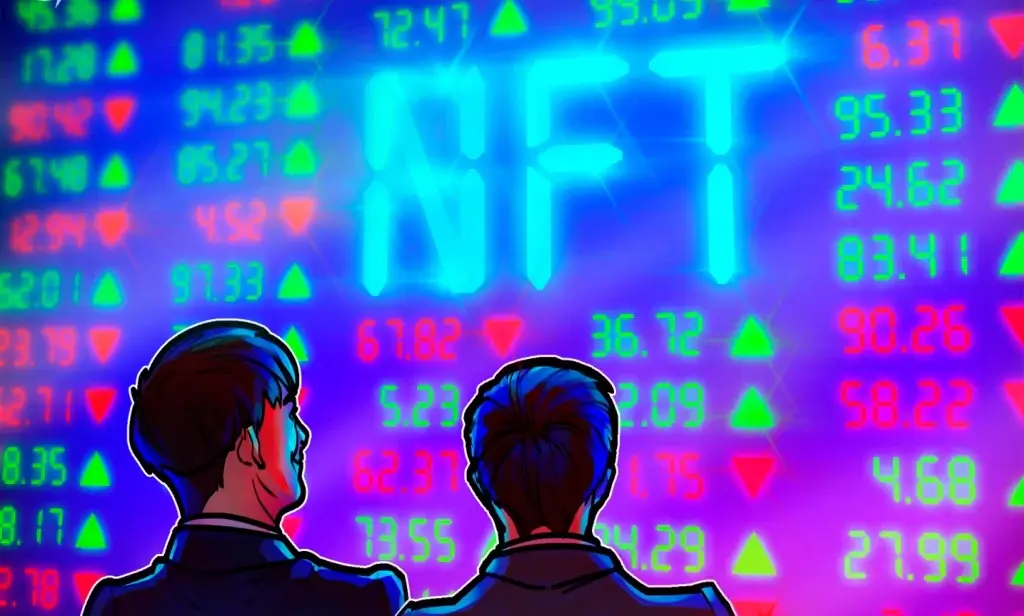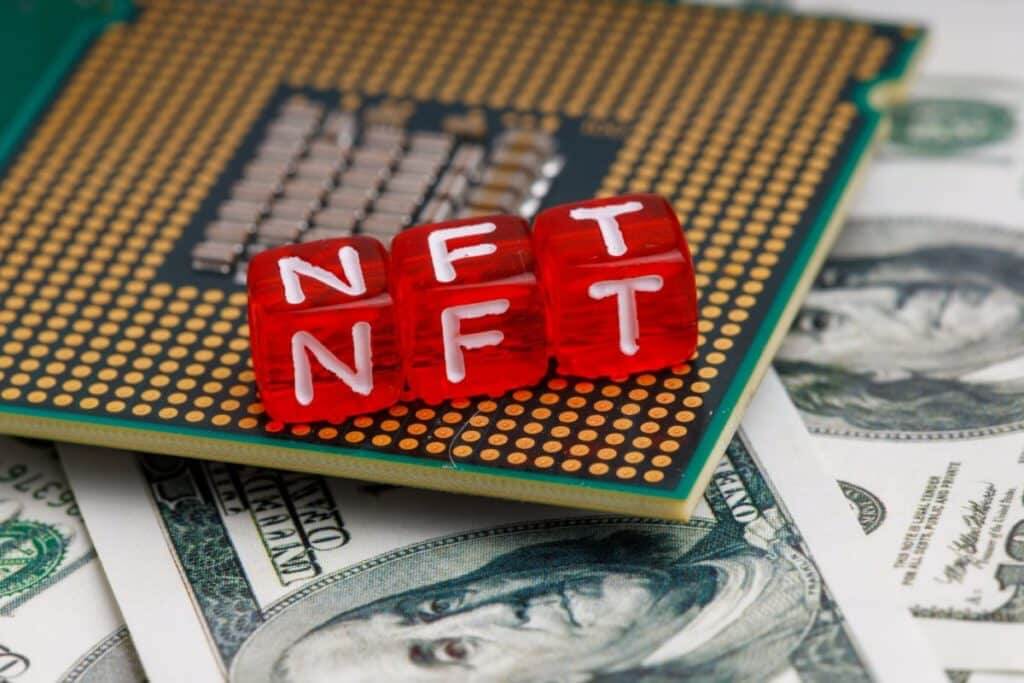What Is an NFT Trader, and What Are NFT Trader Fees?

What Is an NFT Trader, and What Are NFT Trader Fees?
What you need to know is that NFT Trader is a platform that enables traders to make simple as well as safe NFT swaps. Hopefully, in just one step, users can swap supported Ethereum assets.
One of the main challenges facing NFT collectors is the lack of safe platforms that allow NFT collectors to make trusted P2P and OTC trades. What’s interesting, NFT Trader is a secure platform that allows users to back out of trades if they no longer wish to continue.
People who use NFT Trader can use MoonPay to top up their wallets with ETH. Users can also trade multiple non-fungible tokens (NFTs) at the same time combining NFT trades with crypto via MoonPay.
What’s important is that NFT Trader is compatible with MetaMask.
Don’t worry; just connect your preferred cryptocurrency wallet and top up with ETH via MoonPay to start trading NFTs.
Two important questions: What is the service fee, and What are creator fees?
Don’t forget that there is a flat 0.005 ETH + 0.5% fee per Trader. What’s important, because every trx is on-chain, there will also need to be paid a gas amount for the approval of NFTs, creation, and closing of a trade.
Furthermore, NFT Trader uses the Manifold royalty registry standard, which the majority of other NFT markets use, and through this system, creators of collections can establish their own on-chain royalty %. Meaning creators of collections will earn that revenue % every time their NFTs are sold through any of the registered markets.
MetaMask and main findings
stated above, NFT Trader is compatible with MetaMask. Let’s learn more about MetaMask.
It is a popular cryptocurrency wallet known for its ease of use, availability on both desktops as well as mobile devices, the ability to buy, send, and receive cryptocurrency from within the wallet, and collect NFTs across two blockchains.
While experienced crypto traders will appreciate the simplicity as well as fast transactions, inexperienced traders are at a higher risk of losing their tokens from malicious websites, as well as other crypto-related scams.
It is no secret that two of the main attractions of cryptocurrency are the ability to send/receive tokens anonymously in a secure setting. The abovementioned cryptocurrency wallet excels in both of those categories.
In order to start using MetaMask, users simply have to download the software and create a new wallet without providing any personally identifiable information, including their name, address, or Social Security number.
Furthermore, MetaMask is a non-custodial wallet, meaning data is not stored on a central database, and the company doesn’t collect user information from wallet use. Let’s continue; Once the wallet is created, the wallet can only be accessed using a password selected by the user or restored using a seed phrase.
It is worth mentioning that the MetaMask wallet is a versatile product in the marketplace, supporting multiple protocols across blockchains. In addition to supporting more than 450,000 coins on the Ethereum ERC-20 protocol, users have the opportunity to store NFTs in the wallet and connect them with marketplaces.
MetaMask also supports multiple blockchains, including Polygon and a number of other test blockchains.
MetaMask and users
However, there are some downsides to using MetaMask as your primary wallet. The biggest issue is that MetaMask doesn’t support the world’s best-known cryptocurrency, Bitcoin. Even though there are workarounds in development, they are experimental and not considered safe for beginner users. Furthermore, while MetaMask supports different blockchains, users can’t send their coins from one to another because there is no native bridge.
For instance, if you keep the stablecoin USD Coin on the BNB Chain, you can’t send it to a wallet on the Ethereum chain because they are inharmonious. So, if users want to transfer value across chains, users would either have to send to another chain-supported wallet, withdraw the value in fiat, as well as re-purchase tokens on the other blockchain, or use a bridge in order to move the tokens across chains.
Security

We can say that MetaMask’s approach to security is through user anonymity rather than traditional security measures. As you already know, because the software is non-custodial, MetaMask doesn’t keep any user data. Instead, cryptocurrency wallets are protected by a user-generated password upon setup, and biometric data on mobile devices, as well as restored using the unique 12-word seed phrase.
People should remember that technical support can’t help users recover their passwords, which makes the seed phrase even more important. For instance, if a user loses their seed phrase, they risk losing access to their wallet once and for all.
As there is only one way to recover a single wallet across multiple devices, it also makes MetaMask vulnerable to hacks, and malware like banker Trojans, etc.
For example, some of the most common attacks on MetaMask wallet users include viruses targeting cryptocurrency wallets or installing a fake MetaMask extension that gives a hacker control of your wallet.
Last but not least, users should never give out their seed phrase to anyone they don’t trust. They should immediately contact MetaMask support if users believe their wallet has been compromised.
Trading NFTs for beginners
From paying gas fees to royalties on creating non-fungible tokens (NFTs) – we look at some of the hidden costs you must take into account before trading NFTs.
People hear about “NFT project,” “NFT collection,” and “NFT marketplaces” regularly.
Over the past year, NFTs have tremendously grown in popularity. For example, people have made millions of dollars by trading NFT memes, artwork, music, etc. Although numerous people have profited from these tokens, there are still some who have suffered great losses.
Don’t forget that when it comes to trading NFTs, there is more to it than meets the eye. For example, a Senior Content Strategist at digital storytelling platform Kapwing, Robert Martin, lost over US$200 in gas fees while trading NFTs.
Robert Martin feels that gas fees could be risky for new users. According to Martin, “There needs to be a lot more education out there.”
It is worth noting that NFT trading goes beyond just the price of the token you want to buy. Let’s learn more about the situation.

Gas fees and conversion fees
Let’s start with gas fees. As a reminder, gas fees are the fixed fees involved in buying NFTs.
Each time you do a transaction through blockchain, there is a blockchain transaction fee called a gas fee. Notably, it is a fixed fee, which doesn’t depend on the value of the transaction.
Basically, it refers to the amount you pay cryptocurrency miners for the computing energy they require to validate blockchain transactions. The gas fee is an additional charge in Bitcoin or Ether required to transfer the main cost.
It fluctuates depending on the demand as well as supply of the cryptocurrency. For example, if demand is high, the gas fee might even exceed the cost of the NFT.
First of all, to get started on trading NFTs, you have to create a wallet. There, you will need to convert your currency, into a cryptocurrency, for example, Ether. Interestingly, you might also want to convert from one cryptocurrency to another, if required. In order to do so, your wallet will demand a conversion fee, which can amount to upwards of 1.50% of the transaction amount.
Buying and selling non-fungible tokens
Interestingly, just as buying can be an expensive affair, creating an NFT can be so, too. In the case of Ethereum, a creator may be required to pay anywhere between $100 and $500 in order to create the smart contract (an agreement between the buyer and the seller).
However, the cost may be lower on other blockchains, but it is one to be considered regardless. Furthermore, when selling an NFT, creators might need to pay a part of their earnings, say 5 percent, to the marketplace.
Unsurprisingly, many people buy NFTs to sell them for a profit later. Nevertheless, reselling NFTs isn’t so straightforward. What’s important, sellers are required to pay a royalty, typically 10% to 30% of the amount earned, to the marketplace they sell it on.
Blockchain fee
When you sell a non-fungible token, you earn cryptocurrency that you might want to shift to your bank from the crypto wallet. In order to do that, you will have to convert the crypto into fiat currency through the crypto exchange or a peer-to-peer platform. You will need to pay blockchain fees.
It is noteworthy that the blockchain fee is a cryptocurrency transaction fee that is charged to users when performing crypto transactions. The blockchain fee is collected in order to process the transaction on the network.
You need to pay the blockchain fee to ensure your cryptocurrency transfers arrive without delay. It is one of the main tools used to speed up crypto transactions, which are often slow due to high congestion on the blockchain network. As a reminder, the lower the blockchain fee, the lower your transaction’s priority in the blockchain network.
Even though trading non-fungible tokens can be lucrative; however, don’t forget about hidden fees that can put a dent into your wallet.
The post What Is an NFT Trader, and What Are NFT Trader Fees? appeared first on FinanceBrokerage.


0 Response to "What Is an NFT Trader, and What Are NFT Trader Fees?"
Post a Comment